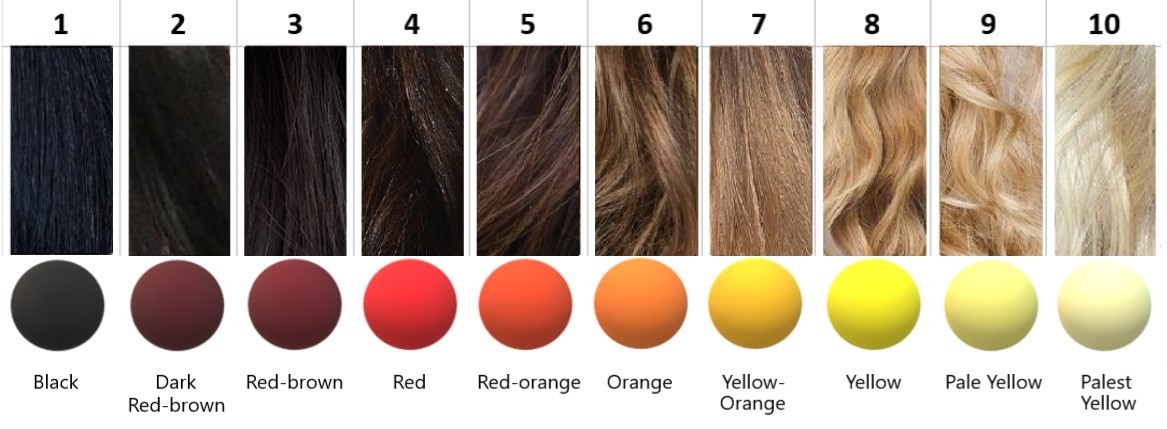There are only two types of hair pigments dark eumelanin and light pheomelanin and those pigments combine in different ways to create all human hair colors

The Science Behind Hair Colors: Exploring the Two Hair Pigments

Have you ever wondered why there are so many different hair colors out there? From jet black to blonde, from fiery red to silver-gray, the spectrum of human hair colors seems endless. But did you know that all these variations can be attributed to just two types of hair pigments? Yes, you read that right – only two!
Understanding Hair Pigments

The two primary hair pigments that determine our hair color are called eumelanin and pheomelanin. Eumelanin is responsible for the dark shades like brown and black, while pheomelanin contributes to the lighter hues, including red and blonde. These pigments combine and interact in various ways, resulting in the wide array of hair colors we see around us.
The Composition of Hair Color
Our hair color is determined by the ratio and distribution of eumelanin and pheomelanin in the hair shaft. The more eumelanin present, the darker the hair color will be. Conversely, a higher concentration of pheomelanin leads to lighter shades. The unique combination and distribution of these pigments create the beautiful palette of human hair colors.
Factors Influencing Hair Color
While it’s true that genetics play a significant role in determining our natural hair color, there are other factors that can influence it as well. Age, for instance, can cause changes in hair pigmentation. As we get older, the production of eumelanin and pheomelanin decreases, leading to gray or white hair. This process is believed to be influenced by a reduction in the enzyme responsible for melanin synthesis.
Environmental Effects on Hair Color
In addition to genetics and aging, environmental factors can also impact our hair color. Exposure to sunlight, for example, can lead to the bleaching or lightening of hair, especially in individuals with higher levels of pheomelanin. Certain chemicals and hair treatments can also alter hair color temporarily or permanently.
The Fascinating Combination
The combination of eumelanin and pheomelanin creates the intricate palette of hair colors we see around us. Blondes, brunettes, redheads – all owe their unique shades to the interaction between these two pigments. However, it’s important to note that hair color can vary not only between individuals but also within the same individual’s hair strands. This variation is due to the diverse distribution patterns of eumelanin and pheomelanin throughout the hair.
Unlocking the Mysteries of Hair Color
Understanding the two hair pigments and their interplay provides us with insights into the science of hair color. While it may seem like a simple concept, the chemistry and genetics behind our hair hues are fascinating and complex. So the next time you marvel at the beautiful diversity of hair colors, remember that it all boils down to the combinations of eumelanin and pheomelanin.
Source: Library of Congress - Everyday Mysteries
Share
Related Posts
Quick Links
Legal Stuff

